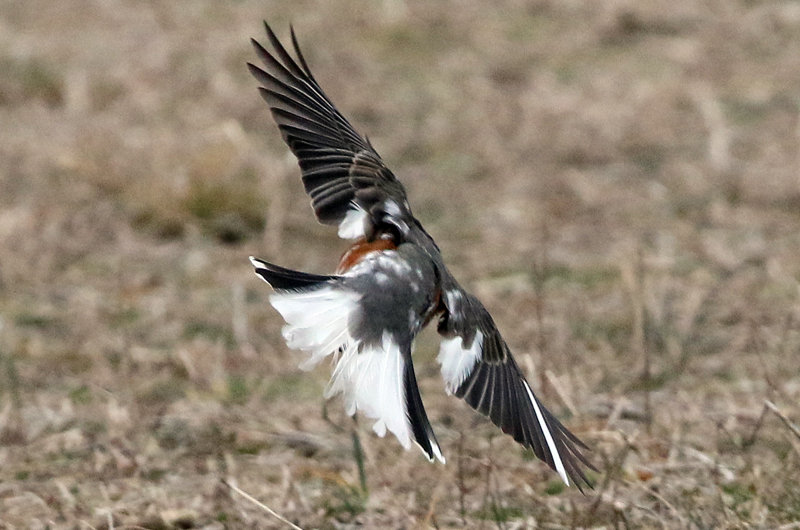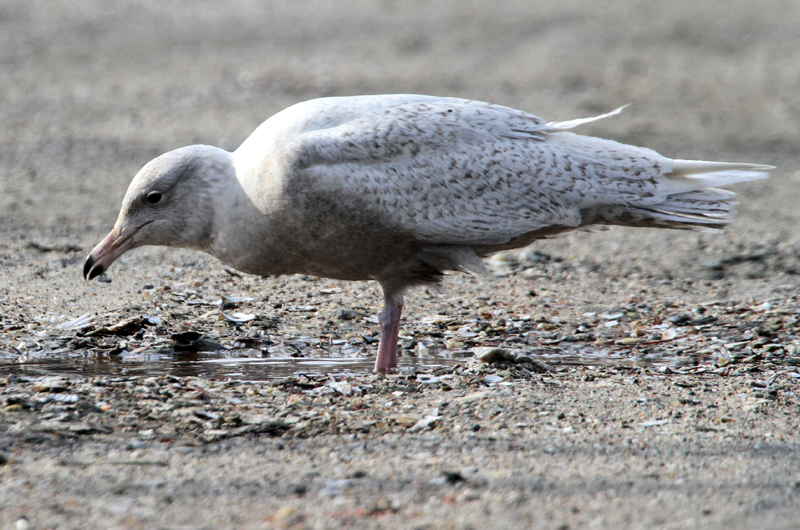I wrote last week that the flood gates had opened, signaled by the arrival of multiple osprey, greater yellowlegs, piping plovers and double-crested cormorants. Perhaps it was silly to think that every week for the next two months would be even better than that. Since then we have had a few arrivals but mostly northwesterly to northeasterly winds, so migrants are few and far between. We are in need of southerly winds, which are forecast to arrive about as you are reading this.
Gus Ben David reports that he saw his first tree swallows of the year on March 30. And Suzan Bellincampi reports that Felix Neck’s tree swallows returned on April 3. This is the more expected time for their return; the two sightings that we had in late February were unexpected. Maybe these are the same birds coming back for a second time (but maybe not).
Norma Holmes spotted the first eastern phoebe of the year along the edge of the field at Waskosim’s Rock on March 30. And Margaret Curtin found another phoebe at the Head of the Lagoon on April 2. It seems odd to me that these are such isolated reports. It seems more usual for many of us to report the arrival of phoebes on the same day, as we hear them singing for the first time in our yards.
Great Egrets have arrived. Scott Fedonchik found one at Caleb’s Pond on Chappaquiddick on March 31. Allan Keith observed one in Menemsha on April 2, and Ken Magnuson observed one at the head of Slough Cove on Edgartown Great Pond on April 3. Mr. Magnuson also observed a Wilson’s snipe at that location.
Strong northerly winds can also bring some seabirds to the Vineyard. During the strong winds of April 1, Pete Gilmore observed a Bonaparte’s gull in with the other gulls huddled in Ocean Park. And on April 2, John Nelson observed more than 1,000 gulls in the fields of the Farm Institute. They gather there and in other fields that are more protected from the wind than are our beaches. Included in this flock were an immature Iceland gull and an immature glaucous gull, both of which were almost pure white and completely lacked any black coloration on their wingtips. Their whiteness helps them to stand out from all the other gulls.
Bird Sightings
Piping plovers are continuing their arrivals. Jeff Bernier observed one at Little Beach on April 2. How long it has been there? Hard to say because until that warm day it was way to cold and windy to venture into the teeth of the northerly winds.
More osprey are back as well. There are two reports of the return of the Harthaven pair on April 3, one by Maria Thibodeau and another by John Nelson. The pair nesting at the hospital pole was observed by Sharon Simonin on April 2. That same day, Anne Lemenager observed one at the Wade’s Field pole. On March 30 Brian Foster found one flying over Crackatuxet Cove, and on March 28 Alan Slater observed one on a pole near his house on Chappaquiddick.
We keep close track of the osprey that nest here. Keeping track of approximately 100 breeding pairs is way too much work for the threesome of Dick Jennings, Rob Bierregaard, and Gus Ben David, so last year Felix Neck joined in the census effort. Many volunteers were trained to help with the survey. Many eyes make light work, so your help is needed again this year. Two training sessions will be held at Felix Neck: April 12, from 5 to 7 p.m., and April 15 from 1 to 3 p.m. Please attend one of these sessions and join in the effort.
It is also time for the yearly reminder to keep an eye out for osprey that build nests on power lines. This activity is dangerous for both the osprey’s health and the electricity we all depend on. If you see this happening call Gus Ben David immediately if not sooner. He and Eversource Electric will work together to correct the situation before it becomes a problem.
Lanny McDowell was exploring the fields at the Farm Institute on March 31 and found a leucistic robin. It looks strange because it has a lot of white where it is normally dark. Mr. McDowell points out that another leucistic robin was here in 2010, though that one looked very different from the current one. It is the nature of leucism that the white shows up in different patterns on different birds.
Jim and Debbie Athearn heard the barred owl again, this time it was calling early on the morning of March 31.
Mockingbirds are starting to emerge from their winter thickets. Susan Straight observed her first one of the year on March 24, as it flew across South Road in Chilmark.
The spring northward migration is becoming more obvious while winter residents will soon be departing. Please report your sightings to birds@mvgazette.com.
Robert Culbert leads Guided Birding Tours and is an ecological consultant living in Vineyard Haven.










Comments (1)
Comments
Comment policy »